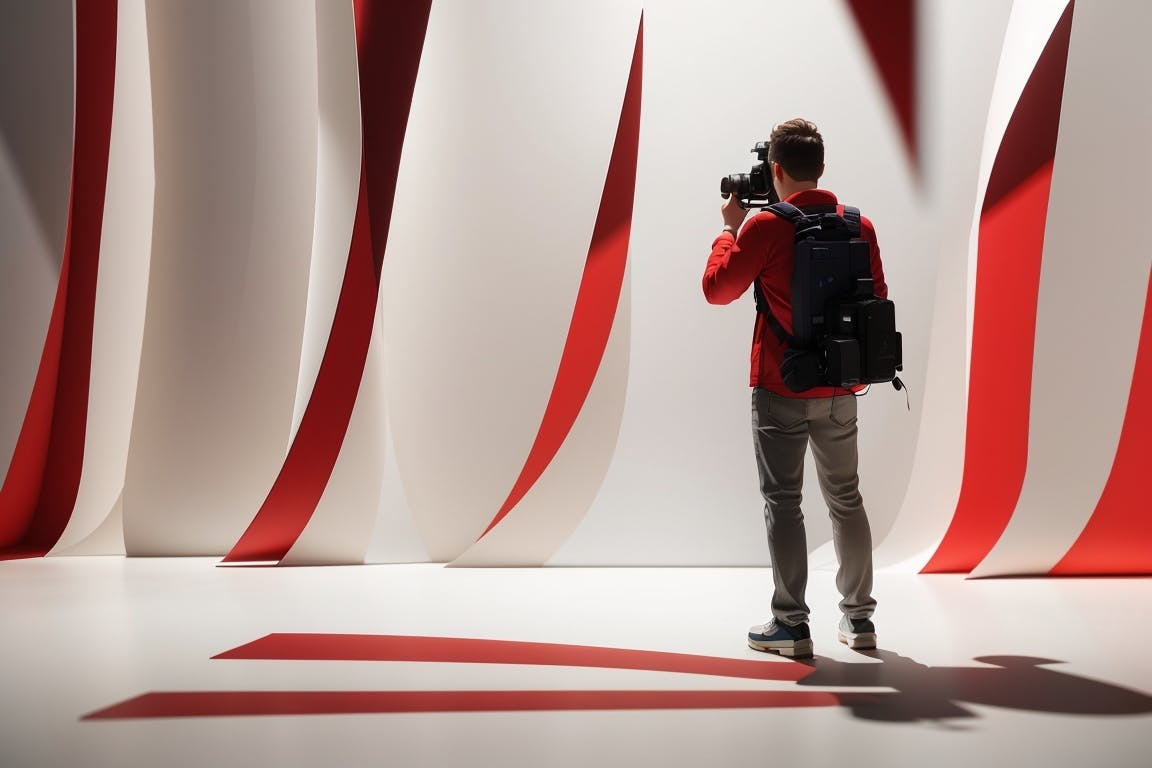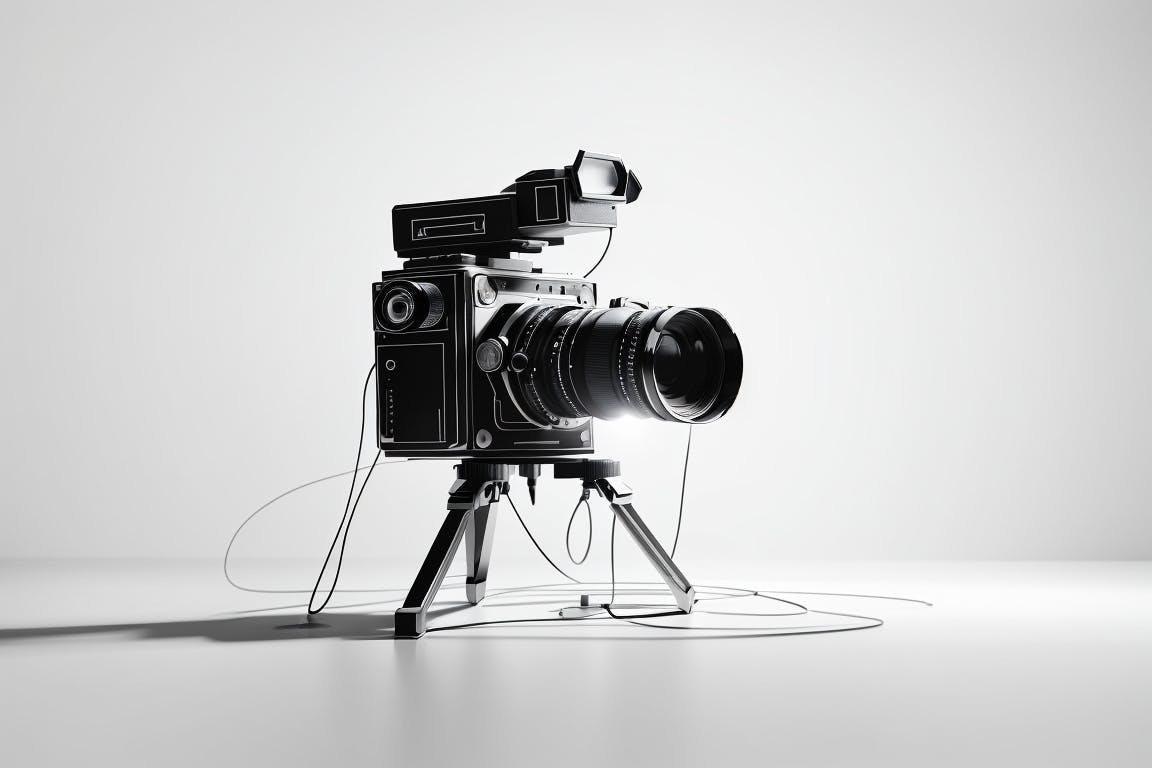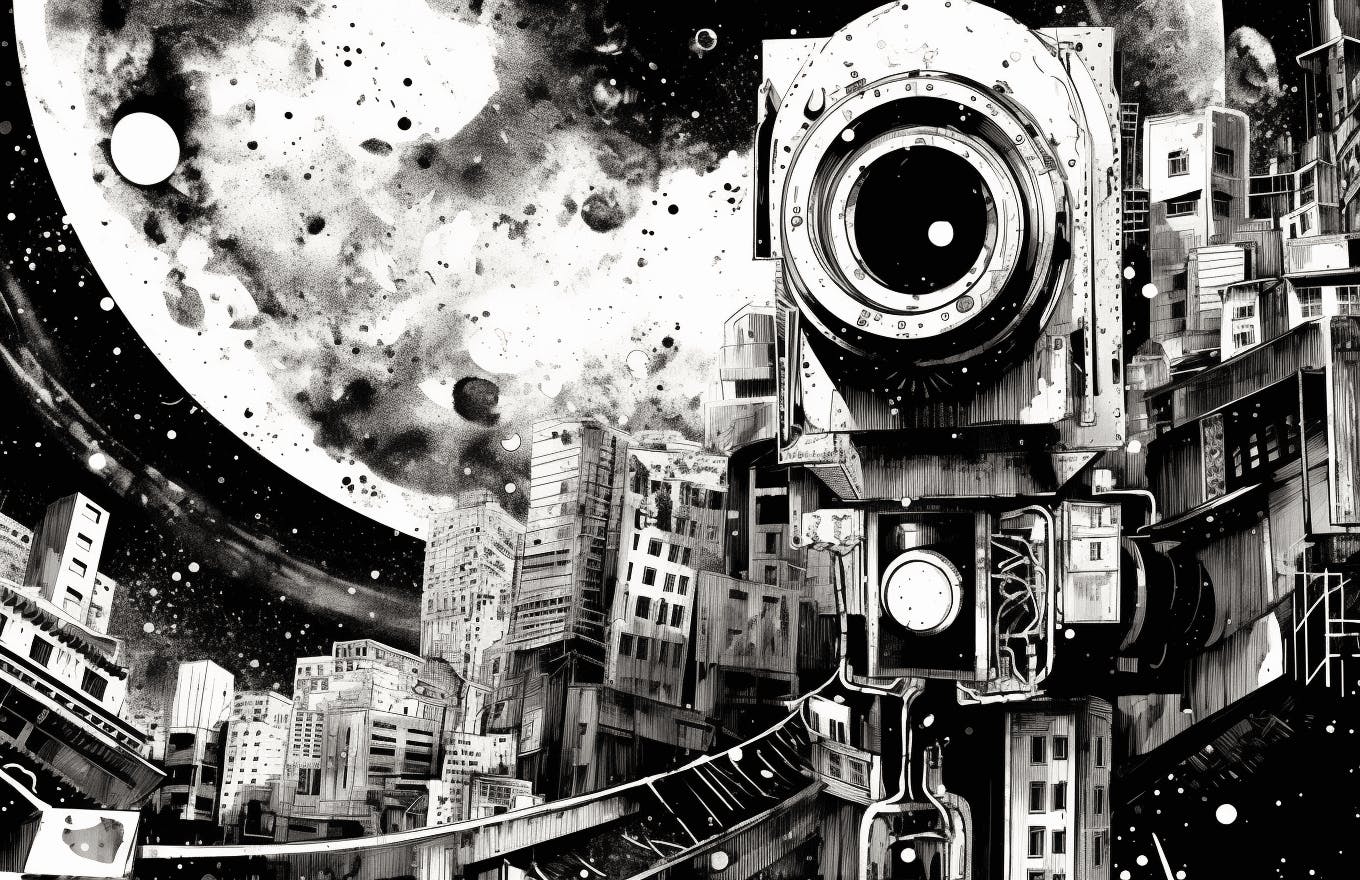Film sound design is a creative and detailed art that combines different sounds to create a powerful listening experience. In today’s movies, sound design isn’t just background noise, it plays a major role in shaping how viewers feel, telling the story, and building immersive worlds that stay with audiences long after the movie ends. A 2023 study by the Motion Picture Sound Editors (MPSE) found that more than 80% of a film’s emotional impact comes from sound design, showing how important it is in making movies.
Understanding Film Sound Design: Core Components
The Evolution of Film Sound Design
Film sound design has changed a lot since the first movies with sound appeared in the 1920s. Early films had simple soundtracks, but today’s sound designers use advanced digital tools and huge sound libraries to build rich, detailed audio worlds. A 2024 report from the Cinema Audio Society shows that blockbuster movies now use over 300 separate audio tracks, compared to only 50 to 60 tracks in the early 1990s. This growth in complexity helps filmmakers create more powerful and engaging sound experiences that capture audiences around the world.
Essential Elements of Sound Design
Film sound design encompasses several key components:
- Dialogue: Dialogue is the main way a story is told in film. It is carefully recorded and edited to make sure it is clear and has the right impact.
- Ambient Sound: Ambient sound is the background noise that sets the location and mood, helping viewers feel like they are inside the film’s world.
- Sound Effects (SFX): Sound effects, or SFX, are realistic or stylized sounds that make on-screen action more vivid and believable.
- Foley: Foley sounds are custom-recorded everyday noises that add realism and detail to a film’s sound environment.
- Music: The score and source music that supports emotional storytelling, music is a powerful tool for setting tone and bringing out emotion.
Pioneering Techniques in Modern Sound Design
Digital Sound Design Innovation
Modern film sound designers use advanced techniques to create immersive experiences that go beyond traditional storytelling:
- Spectral Processing: This means changing sound frequencies to make unique, otherworldly noises. For example, Ben Burtt created the famous lightsaber sound in "Star Wars" by mixing the hum of a motor with the buzz from a fluorescent light.
- Granular Synthesis: This method breaks sounds into tiny pieces and rebuilds them to create new, unique textures. Richard King used it a lot in the movie "Inception" (2010) to make the dream collapse scenes feel more surreal and intense.
- Convolution Reverb: This technique records real acoustic spaces to recreate authentic environments. In "Dunkirk" (2017), it was used to capture the sounds of different battle settings, helping the audience feel fully immersed in the intense atmosphere of the film.

Artwork generated with prompt workflow by Dre Labre
Case Studies in Excellence
"A Quiet Place" (2018)
Sound Designer: Ethan Van der Ryn
- Innovative Use of Silence: Silence is used as a powerful narrative device, creating tension and suspense by making audiences hyper-aware of even the smallest noise.
- Creature Sounds: Manipulated animal vocalizations were used to create the unique sounds of the film's creatures, adding a layer of authenticity and intrigue.
- Sound Perspective Shifts: Shifting sound perspectives are used to represent characters' points of view, enhancing the audience's emotional connection to the story.
Quote from Van der Ryn: "The absence of sound became as important as its presence. We crafted a soundtrack that made audiences hyper-aware of every small noise, creating unprecedented tension."
"Blade Runner 2049" (2017)
Sound Designer: Mark Mangini
- Synthesized and Organic Sounds: The integration of synthesized and organic sounds creates a rich and textured soundscape that complements the film's futuristic setting.
- Unique Sound Signatures: Different city districts are given distinct "sound signatures," adding depth and dimension to the film's world.
- Sub-Bass Frequencies: These are used to create emotional unease, enhancing the film's dystopian atmosphere.
Advanced Sound Design Techniques
Psychoacoustic Manipulation
Sound designers use psychological principles to enhance emotional impact:
- Frequency Response: Low frequencies (20-100 Hz) create tension and unease, mid frequencies (1-4 kHz) enhance dialogue clarity, and high frequencies (8-20 kHz) add air and sparkle to the soundscape.
- Spatial Audio Design: Strategic placement of sounds in the surround field, including height channel utilization in Dolby Atmos mixes, creates a dynamic and immersive auditory experience.
Industry Insights and Professional Perspectives
Expert Opinions
Gary Rydstrom (Seven-time Oscar winner): "Sound design isn't just about creating cool sounds—it's about storytelling. Every sound should advance the narrative or emotional state of the scene."
Randy Thom (Sound Designer, "The Revenant"): "The best sound design is often subtle. It's not about making the loudest noise, but about creating a sonic environment that supports the story without calling attention to itself."
Technical Considerations
Digital Audio Workstations (DAWs)
Common professional tools include:
- Pro Tools: The industry standard for sound design and editing.
- Nuendo: Specifically designed for film post-production.
- Reaper: A rising favorite due to its flexibility and cost-effectiveness.
- Sound Libraries and Recording: Original field recording remains crucial, but hybrid approaches combining recorded and synthesized sounds are increasingly popular. The implementation of machine learning for sound creation is also changing the landscape, allowing for more efficient and innovative sound design processes.
Sound Design Workflow and Process
Pre-Production
- Script Analysis: Identifying key sonic moments and creating sound concept documents to guide the sound design process.
- Sound Palette Development: Establishing sonic themes and creating custom sound libraries that align with the film's narrative and emotional tone.
Production
- On-Set Recording: Production sound mixing, wild track recording, and ambient sound capture ensure that all necessary sound elements are collected during filming.
- Technical Documentation: Maintaining sound reports, tracking microphone placement, and documenting equipment settings are essential for ensuring consistency and quality in the final sound mix.

Artwork generated with prompt workflow by Dre Labre
Post-Production
- Sound Editorial: Dialogue cleaning and editing, sound effects creation and placement, and Foley recording and editing are critical steps in crafting the film's final soundscape.
- Final Mix: Balancing all sound elements and creating deliverables for different formats, while ensuring quality control and verification, is the culmination of the sound design process.
Educational Resources and Career Development
Professional Training
Leading institutions offering sound design programs include:
- USC School of Cinematic Arts: Known for its comprehensive curriculum and industry connections.
- Berklee College of Music: Offers specialized programs in film scoring and sound design.
- National Film and Television School (UK): Renowned for its focus on practical training and collaboration with industry professionals.
Industry Organizations
Professional associations supporting sound designers:
- Cinema Audio Society (CAS): Promotes the advancement of sound in film and television.
- Motion Picture Sound Editors (MPSE): Supports the creative and technical excellence of sound editors.
- Association of Motion Picture Sound (AMPS): Recognizes and celebrates outstanding achievements in sound for film and television.
Future Trends in Film Sound Design
Emerging Technologies
- Virtual Reality Integration: Object-based audio for VR experiences and real-time sound processing are paving the way for more interactive and immersive sound design elements.
- AI and Machine Learning: Automated sound cleaning and restoration, synthetic sound generation, and smart mixing assistance are revolutionizing the sound design process, making it more efficient and allowing for greater creative possibilities.
Industry Evolution
Recent developments shaping the future of film sound design include:
- Increased Demand for Immersive Audio Formats: As audiences become more accustomed to high-quality sound experiences, the demand for immersive audio formats like Dolby Atmos continues to grow.
- Remote Collaboration Tools and Workflows: With the rise of remote work, new tools and workflows are enabling sound designers to collaborate more effectively across distances.
- Integration with Game Audio Technologies: The convergence of film and game audio technologies is opening new avenues for innovation and creativity in sound design.
Conclusion
Film sound design remains a dynamic and essential part of cinematic storytelling, seamlessly blending technology and creativity to shape how audiences experience films. As tools and techniques continue to evolve, sound designers will play an increasingly vital role in crafting immersive narratives that resonate deeply and endure long after the screen fades to black.
Resources and Further Reading
- "Sound Design for Film" - David Sonnenschein
- "The Sound Effects Bible" - Ric Viers
- "Dialogue Editing for Motion Pictures" - John Purcell
- Sound Design Case Studies Database (sounddesign.org)
- Film Sound Theory and Practice Journal

